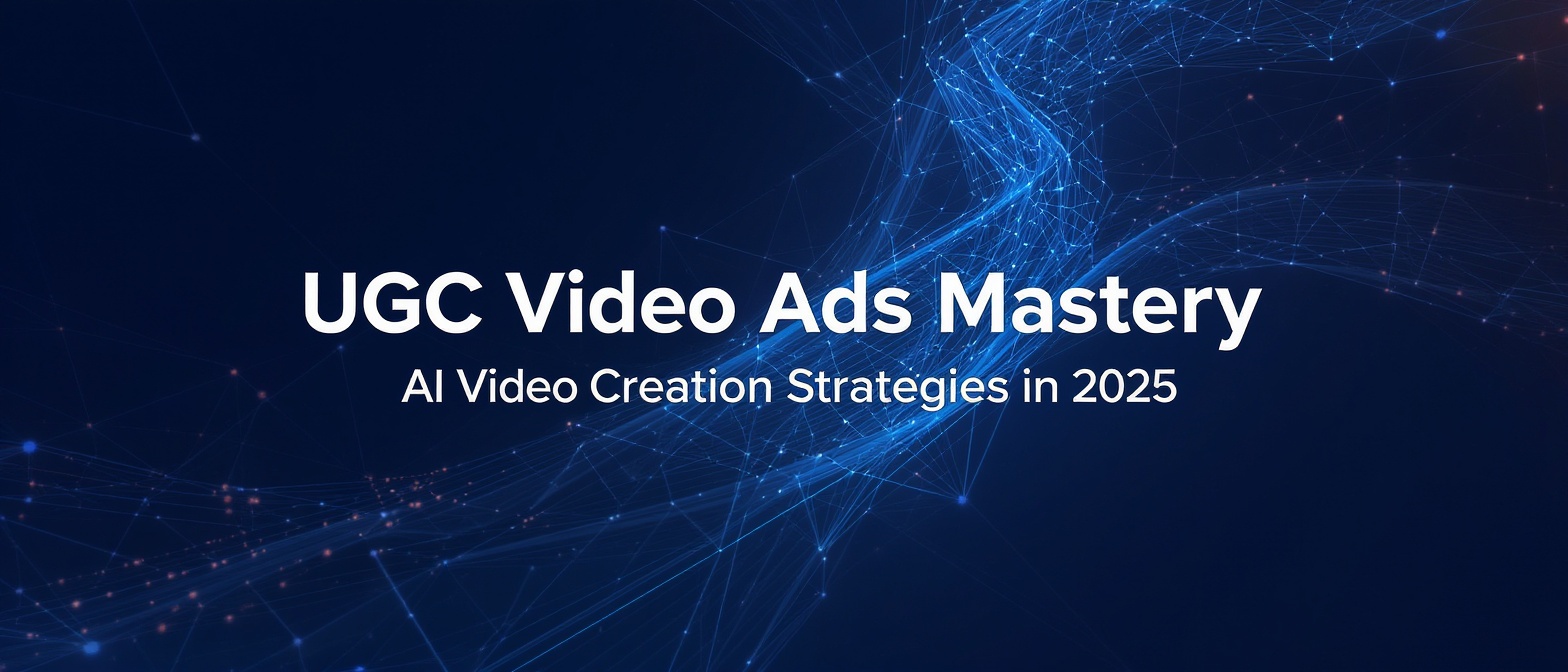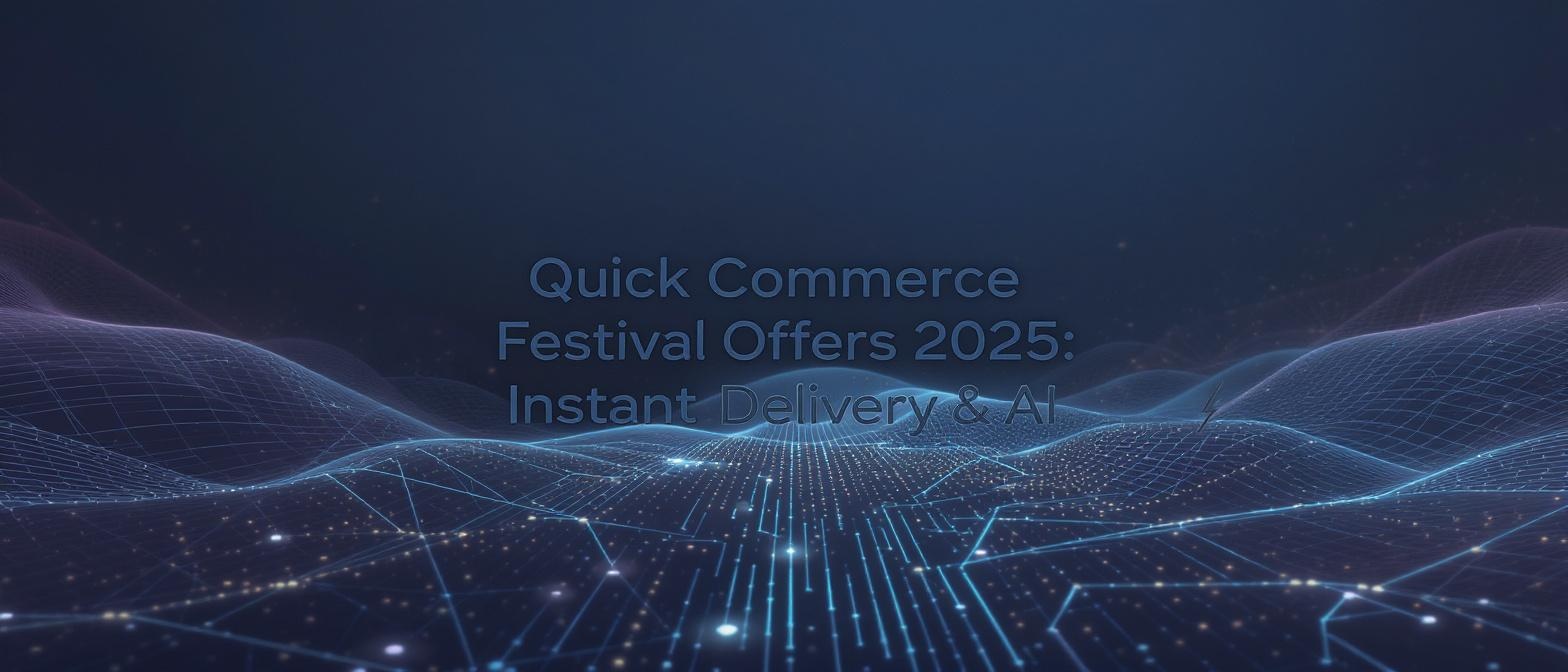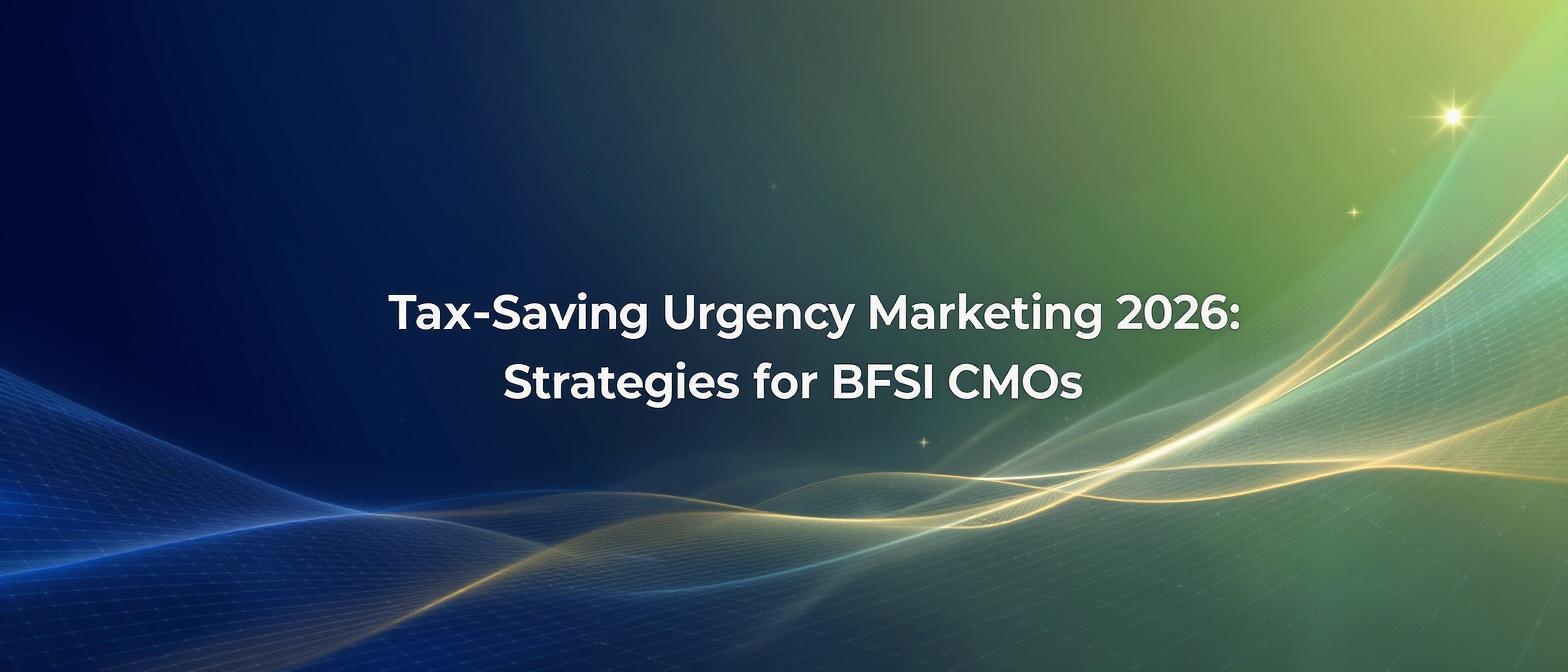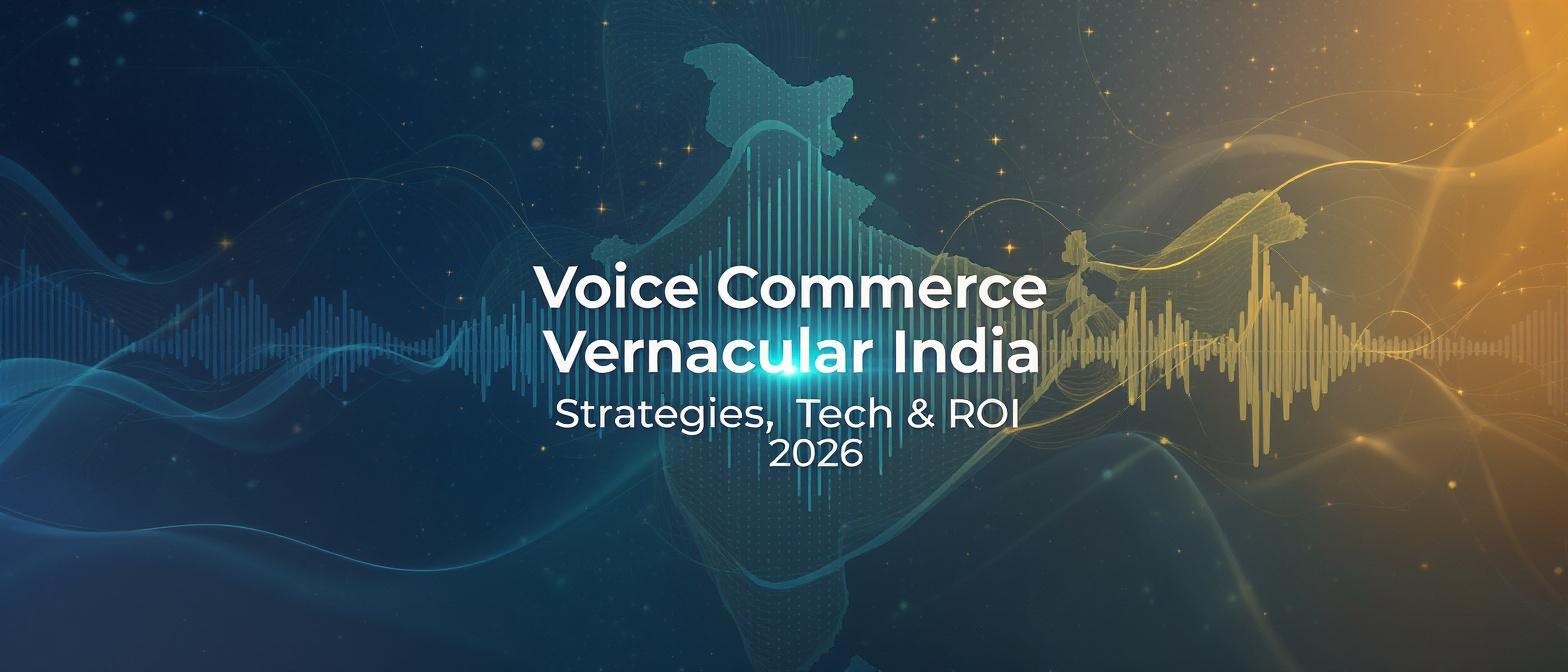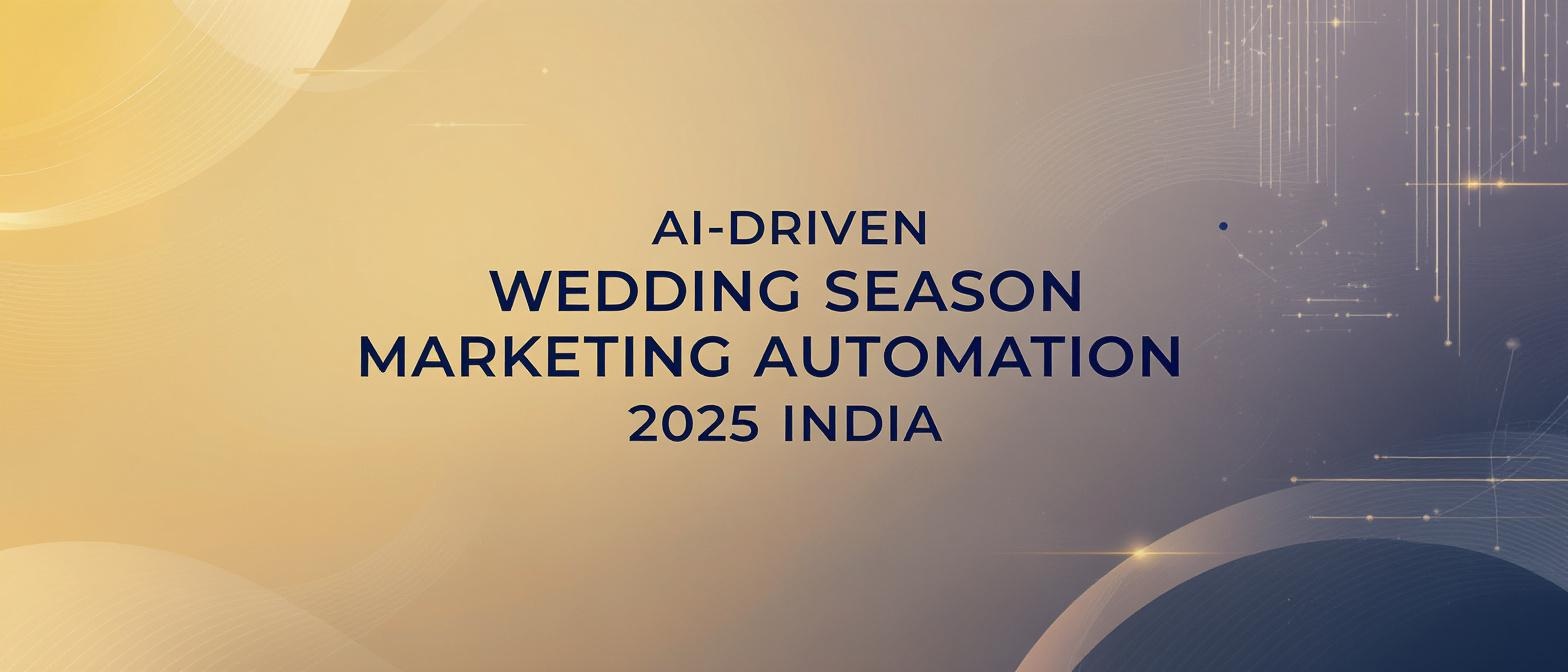The Ultimate Guide to Creating High-Converting UGC Video Ads with AI in 2025
Estimated reading time: ~10 minutes
Key Takeaways
- Combining AI with UGC provides an authentic and scalable way to connect with audiences.
- Ethical AI usage is essential to maintain brand trust and avoid legal risks.
- AI-based localization and A/B testing significantly speed up campaign iteration.
- Monitoring ROI is simpler with AI-driven tracking of production costs and conversions.
- Future trends point to even more hyper-personalized and interactive AI-driven marketing.
In the ever-shifting landscape of digital marketing, the ground is cracking beneath the feet of traditional advertising. Glossy, overproduced commercials are met with increasing skepticism and the dreaded “Skip Ad” button. Why? Because today’s consumers don’t just want to be sold to; they want to believe. This has given rise to the undisputed champion of modern marketing: authenticity. And in 2025, nothing speaks authenticity louder than User-Generated Content (UGC).
The challenge, however, has always been the immense friction in the UGC process. Sourcing creators, managing logistics, inconsistent quality, and sky-high costs have made scaling a genuine UGC strategy a nightmare for most brands. But what if you could combine the raw, persuasive power of UGC with the unprecedented speed and scale of artificial intelligence? This is no longer a futuristic concept; it’s the new reality of UGC video ads.
This guide will walk you through the transformative potential of AI video creation, moving beyond the simple “how-to” to provide a comprehensive blueprint for strategy, execution, measurement, and—most importantly—ethical implementation. Prepare to learn how to create content that not only captures attention but also builds deep, lasting trust with your audience.
The Unstoppable Rise of UGC: Why Authenticity is the New Marketing Gold in 2025
Before diving into the technology, it’s crucial to understand the fundamental shift in consumer behavior that makes UGC so potent. The modern consumer is inundated with thousands of brand messages a day, leading to a natural and defensive filter against anything that feels contrived.
They trust real people far more than they trust polished brand campaigns. The data paints a clear picture:
- The Trust Deficit is Real: A 2024 study by Nielsen revealed that a staggering 92% of consumers trust recommendations from other people—even strangers—over branded content. This underscores a massive trust deficit that only genuine, human-centric content can fill.
- Engagement and Conversion Skyrocket: According to 2025 projections from market analysts, ad campaigns featuring UGC are expected to see up to 75% higher engagement rates and a 29% higher conversion rate compared to campaigns with only brand-produced content. Authenticity isn’t just a buzzword; it’s a direct driver of revenue.
- The Psychology of Social Proof: At its core, UGC leverages the powerful psychological principle of social proof. As explained by influence expert Robert Cialdini in his groundbreaking work, when people are uncertain, they look to the actions and behaviors of others to determine their own. A video of a real person enthusiastically using a product is the most compelling proof there is.
UGC feels real because it is real. It’s unpolished, relatable, and speaks the language of the customer, making it the perfect vehicle for brands looking to cut through the digital noise.
The Old Way vs. The New Way: Overcoming the Traditional Hurdles of UGC
For years, the operational benefits of UGC were gated by significant logistical and financial hurdles. The “old way” of producing UGC at scale was fraught with challenges:
- Crippling Costs: Sourcing high-quality content creators, negotiating rates, and purchasing usage rights can cost thousands of dollars for a single video ad.
- Logistical Nightmares: Coordinating product shipments, briefing creators, managing feedback rounds, and ensuring brand alignment across dozens of individuals is a full-time job.
- Painfully Slow Turnaround: The traditional process from finding a creator to receiving a final, approved video can take weeks, if not months—an eternity in the fast-paced world of digital advertising.
- Inconsistent Quality: Without a film crew on-site, brands are at the mercy of the creator’s equipment, lighting, and editing skills, leading to a wide variance in quality.
This is where artificial intelligence enters the scene, not as a replacement for human creativity, but as a powerful enabler of it. AI dismantles these long-standing barriers, offering a new, streamlined path to creating authentic video content at scale. Studio by TrueFan AI enables marketers to bypass these hurdles entirely, generating studio-quality, human-centric videos in minutes, not months.
The AI-Powered UGC Toolkit: A Strategic Breakdown
To effectively leverage AI for UGC, you need to understand the key components of the modern AI video creation stack. These tools work in concert to transform a simple script into a compelling, ready-to-publish video ad.
1. AI Avatars & Digital Humans
This is the visual core of your AI-generated UGC. The technology here is evolving rapidly, and it’s important to understand the distinctions:
- Generative Avatars: These are faces and personas created entirely by AI algorithms. While flexible, they can sometimes fall into the “uncanny valley” and may lack the genuine human touch.
- Digital Twins / Photorealistic Avatars: This is the gold standard for authenticity. These avatars are created from high-resolution scans and recordings of real, human actors and influencers. The result is a perfectly realistic virtual human that can deliver any message with flawless lip-sync and natural expressions. This approach also carries a significant ethical advantage when the actors are licensed and compensated fairly.
2. AI Scripting & Voice Cloning
A great video starts with a great script. AI tools can now assist in drafting compelling ad copy that resonates with specific target audiences. Following the script, advanced voice cloning technology can generate incredibly realistic and emotive audio. By using a professional voice actor’s cloned voice, the AI can deliver your script with the perfect tone, inflection, and cadence, ensuring the message lands with maximum impact.
3. AI Video Editing & Localization
Once the core visual and audio are generated, AI-powered editors take over. They can automatically:
- Add Dynamic Captions: Crucial for social media, where many videos are viewed without sound.
- Incorporate Branding: Seamlessly overlay logos, brand colors, and other visual elements.
- Translate and Dub: This is where AI becomes a global powerhouse. A single video can be translated, dubbed, and lip-synced into dozens of languages in minutes.
The ability to localize content instantly is a game-changer for global brands. Studio by TrueFan AI’s 175+ language support and AI avatars, which are digital twins of real, licensed influencers, offer a powerful solution for global campaigns that require both scale and authenticity.
The Blueprint: A Step-by-Step Guide to Creating AI UGC Video Ads That Convert
Now, let’s translate theory into action. Here is a practical, step-by-step framework for creating high-performing UGC video ads using AI.
Step 1: Foundational Strategy & Goal Setting
Before you write a single word, define what success looks like. Go beyond vague goals like “awareness.” Set concrete Key Performance Indicators (KPIs):
- Target ROAS (Return on Ad Spend): What financial return do you need to see?
- CPA (Cost Per Acquisition) Reduction: Are you aiming to acquire customers more cheaply?
- Click-Through Rate (CTR): What percentage of viewers do you need to click your ad?
Your goals will dictate the tone, message, and call-to-action (CTA) of your video.
Step 2: Scripting for Authenticity
This is the most critical creative step. Your script must sound like it was written by a human, for a human.
- Use a Conversational Tone: Write as you speak. Use contractions (e.g., “you’re” instead of “you are”) and simple language.
- Follow a Problem-Agitate-Solve Framework:
- Problem: Start by calling out a pain point the viewer experiences. (“Tired of spending hours editing videos?”)
- Agitate: Emphasize the frustration of that problem. (“It’s tedious, and the results still look unprofessional.”)
- Solve: Introduce your product as the clear and easy solution. (“That’s why I started using [Your Product]...”)
- Keep it Concise: Aim for a total video length of 15-45 seconds for platforms like TikTok, Instagram Reels, and YouTube Shorts.
Step 3: Generating Your Core Video
Using a self-serve AI video platform, this step becomes remarkably simple:
- Choose Your Avatar: Select an avatar that aligns with your target demographic and brand persona.
- Input Your Script: Paste your pre-written script into the text editor.
- Select Your Voice & Language: Choose the desired voice style and language for your ad.
- Generate: With a single click, the AI will process the script, generate the voiceover, and create a perfectly lip-synced video of your chosen avatar delivering the lines.
Step 4: AI-Assisted Editing & Branding
Now, add the finishing touches that make the video uniquely yours.
- Backgrounds & Overlays: Add a relevant background image or short video clips (B-roll) to demonstrate your product in action.
- Captions & Text: Use the platform’s editor to add bold, easy-to-read captions. Highlight key phrases for emphasis.
- Music: Add a trending or brand-safe audio track to increase engagement.
Step 5: Scaling & Localization for A/B Testing
Herein lies the true power of AI. Instead of creating one video, create ten.
- Duplicate & Iterate: Duplicate your project and create variations with different hooks, CTAs, or avatars.
- Localize for New Markets: With one click, change the language to Spanish, French, or German to instantly tap into new markets.
This allows for robust A/B testing, enabling you to quickly identify the most effective creative combinations and allocate your budget accordingly.
Measuring What Matters: Proving the ROI of Your AI UGC Campaigns
The beauty of an AI-driven workflow is that it not only improves creative output but also delivers measurable financial returns. This is a topic often overlooked but is critical for getting buy-in from stakeholders.
- Drastic Reduction in Production Costs: Industry data from 2024 shows that companies using AI video generation tools can reduce their content production costs by up to 80% compared to traditional methods involving human creators and video crews.
- Accelerated Speed-to-Market: The time saved is equally valuable. What once took a month can now be accomplished in an afternoon. This agility allows marketers to react to market trends in real-time. A 2025 forecast from Deloitte predicts that AI-augmented workflows will reduce campaign launch times by an average of 50%.
Studio by TrueFan AI demonstrates ROI through reduced production overhead, accelerated testing cycles, and the ability to scale winning ad creatives globally without reshooting.
ROI = [(Value Generated - Cost of AI Tools & Ads) / Cost of AI Tools & Ads] x 100
“Value Generated” can be the revenue from sales attributed to the ads, and the cost should include your platform subscription and ad spend. You’ll often find that the efficiency gains and improved performance lead to a significantly higher ROI than traditional campaigns.
The Ethical Frontier: Navigating Compliance and Trust in the Age of AI Video
With great power comes great responsibility. As AI-generated content becomes more prevalent, navigating the ethical and legal landscape is non-negotiable for any serious brand. The competitor’s guide barely scratches the surface of this critical topic.
- The Peril of Unlicensed Deepfakes: Using AI to create videos of people without their explicit consent is not only unethical but also a legal minefield. Brands associated with unauthorized deepfakes risk severe reputational damage and potential litigation.
- The Importance of Transparency: While the goal is authenticity, transparency is paramount. Leading brands are adopting subtle watermarks or disclosures (e.g., #AIgenerated) to maintain trust with their audience.
- The Gold Standard: Consent-First & Licensed Avatars: The most ethical and brand-safe approach is to use platforms that are built on a “consent-first” model. This means that all avatars are digital twins of real people who have given their explicit, contractual consent and are fairly compensated for the use of their likeness.
- Look for Trust Signals: When choosing a platform, look for enterprise-grade compliance certifications like SOC 2 or ISO 27001. These demonstrate a commitment to data security and ethical operations.
Building your AI strategy on an ethical foundation is the only way to ensure long-term success and protect your brand’s reputation.
Future-Proofing Your Strategy: 2025 Trends in AI and UGC
The world of AI video is just getting started. The generative AI in media and entertainment market is projected to grow to over $25 billion by 2028, signaling a massive wave of innovation. Here are the trends to watch:
- Hyper-Personalization at Scale: Imagine creating a unique video ad for every single person on your email list, addressing them by name and referencing their past purchases. This level of personalization is on the horizon and will redefine direct marketing.
- Programmatic Creative: AI will soon be able to analyze ad performance data in real-time and automatically generate new video variations optimized for conversion, effectively creating a self-improving ad campaign.
- Interactive AI Avatars: The future of customer service and sales outreach may be interactive avatars that can have real-time, dynamic conversations with customers, guiding them through a purchase or answering support questions 24/7. As noted by Gartner, conversational AI is a top strategic technology trend.
Staying ahead of these trends will give your brand a significant competitive advantage in the years to come.
Frequently Asked Questions (FAQ)
1. Can AI-generated UGC truly be authentic?
Yes, when done correctly. Authenticity comes from the script, the conversational delivery, and the relatability of the avatar. By using photorealistic digital twins of real people and scripting in a human-centric way, the resulting video feels genuine and trustworthy to the viewer.
2. What are the legal risks of using AI avatars in ads?
The primary risk comes from using platforms that create deepfakes or use likenesses without consent. To mitigate this, partner with platforms that explicitly state their avatars are 100% licensed, with full legal consent from the real-life individuals they are based on. This protects your brand from legal challenges and reputational harm.
3. How much does it cost to create UGC video ads with AI vs. traditional methods?
Traditionally, a single UGC video from an influencer can cost anywhere from $200 to $5,000+. With an AI platform, you typically pay a monthly subscription fee that allows you to generate dozens or even hundreds of videos, bringing the per-video cost down to just a few dollars.
4. How do I choose the right AI video generation platform for my business?
Look for four key things: 1) The quality and realism of the avatars. 2) A strong ethical framework with licensed avatars. 3) An intuitive user interface and powerful editing features. 4) The ability to scale with features like an API and multi-language support.
5. Can I use my own face or voice for an AI avatar?
Yes, many advanced platforms offer custom avatar and voice cloning services. This is an excellent option for brands that want to create a consistent digital spokesperson or for founders who want to be the face of their company’s marketing without having to be on camera for every video. For example, some solutions like Studio by TrueFan AI offer custom avatar training as part of their enterprise packages, allowing for a truly unique and ownable brand asset.
The Future is Authentic and Infinitely Scalable
The era of choosing between authenticity and scale is over. AI-powered UGC video ads represent a paradigm shift, empowering marketers to create content that is not only more efficient to produce but also more effective at capturing the hearts and minds of consumers.
By embracing this technology with a strategy rooted in authenticity and a commitment to ethical practices, you can build a formidable marketing engine that drives growth, fosters trust, and future-proofs your brand. The tools are here. It’s time to start creating.

